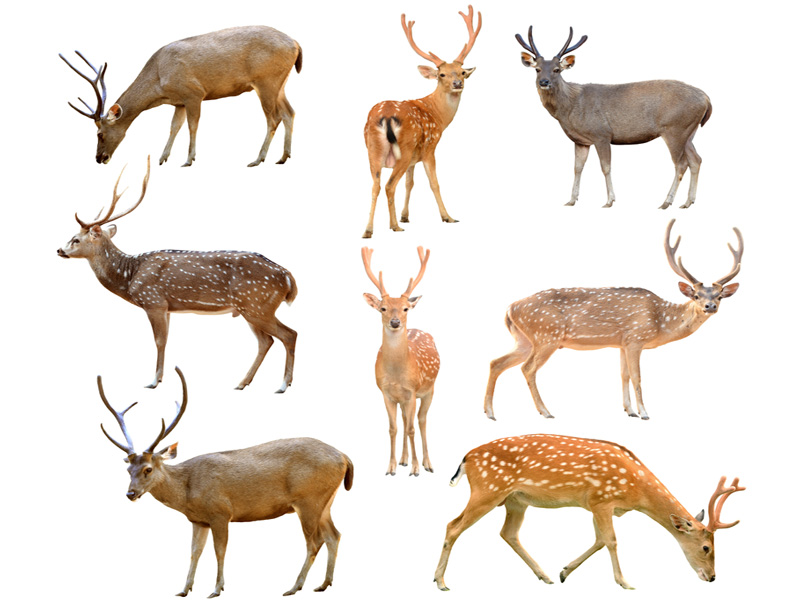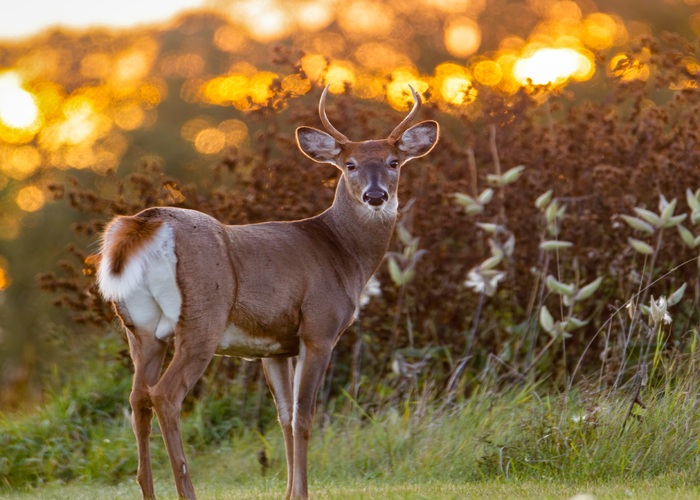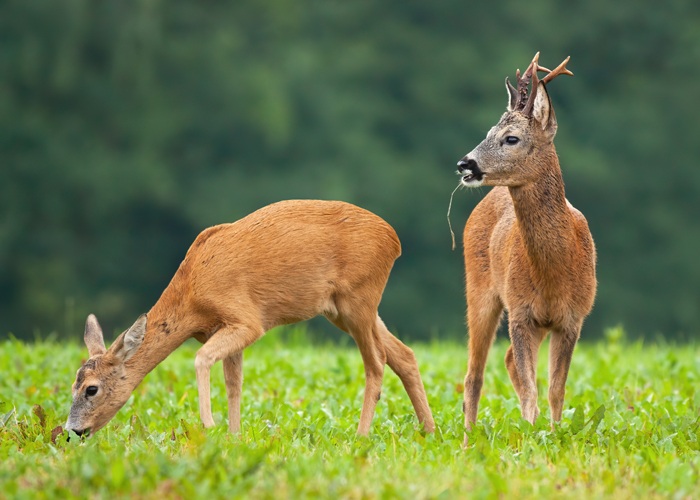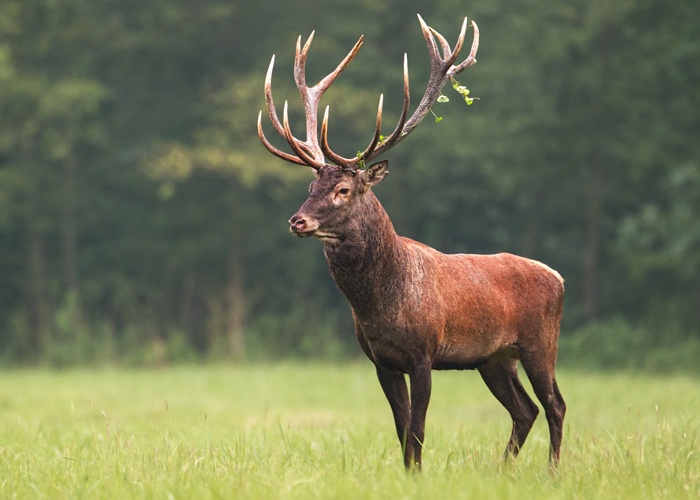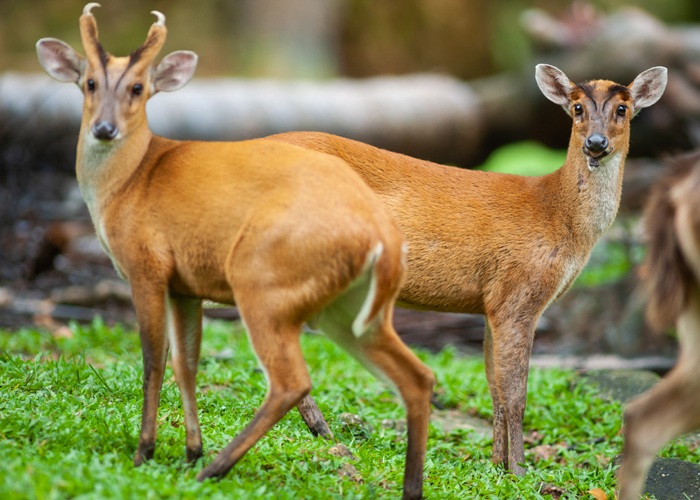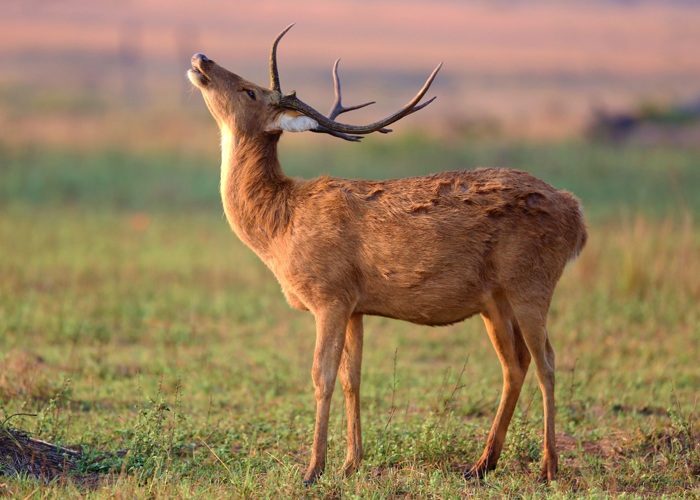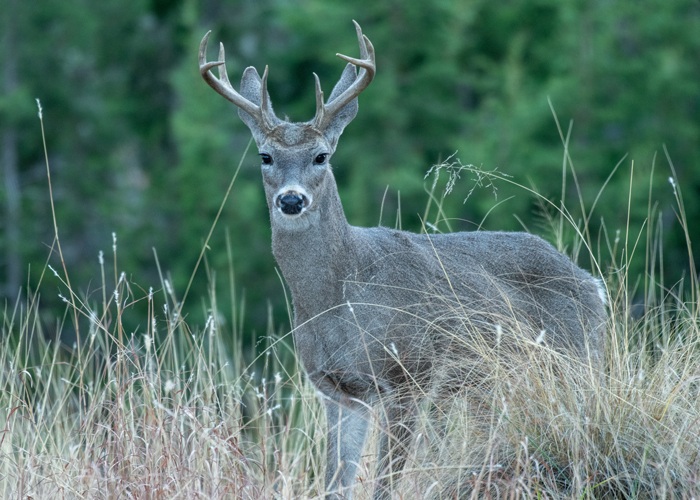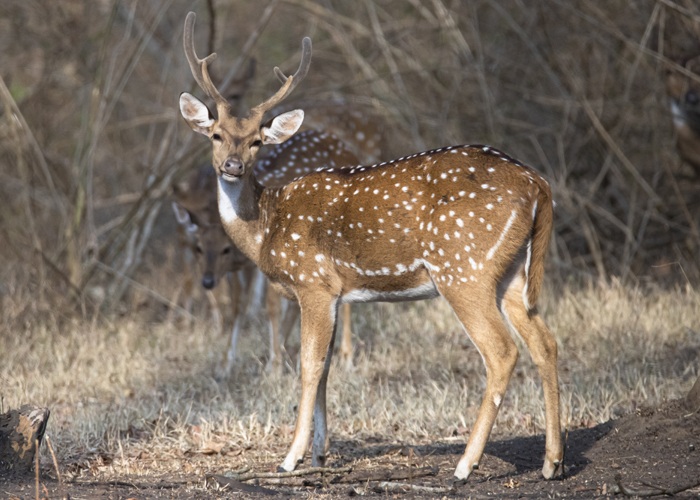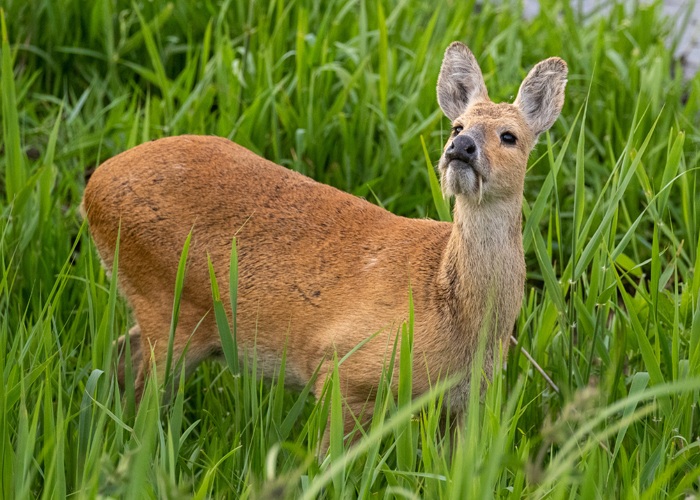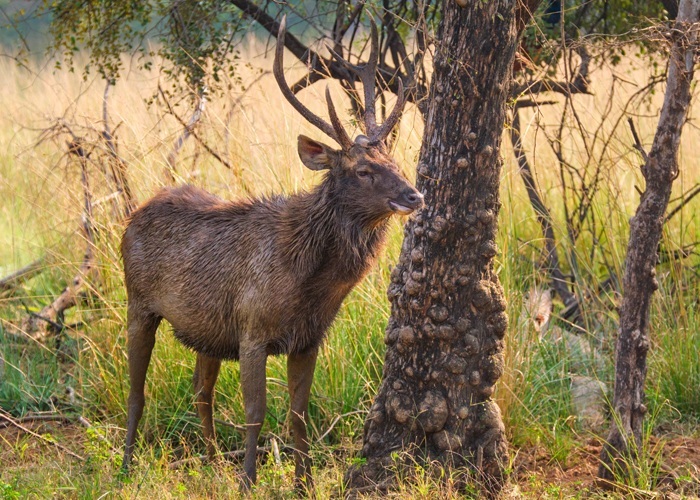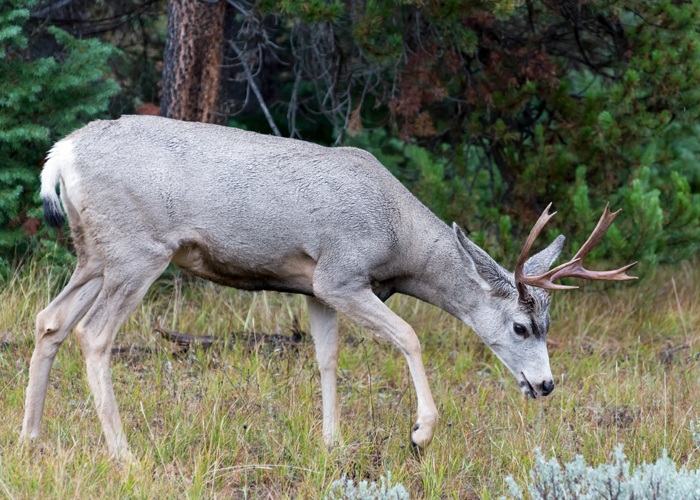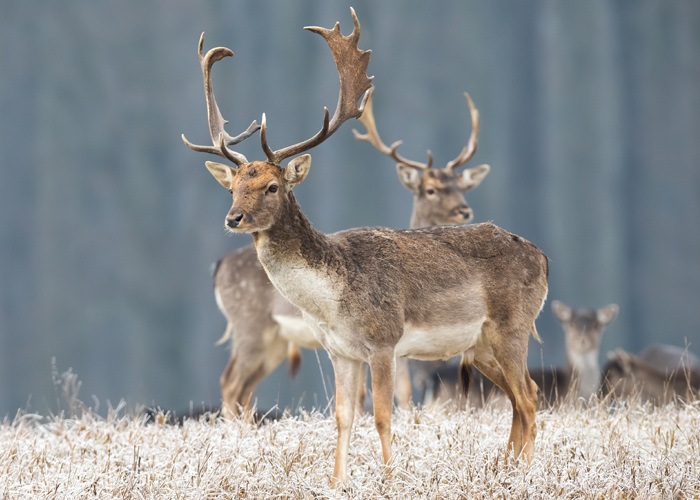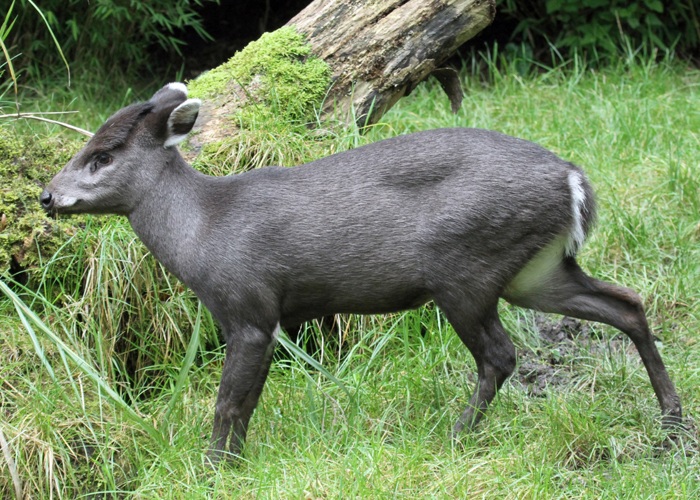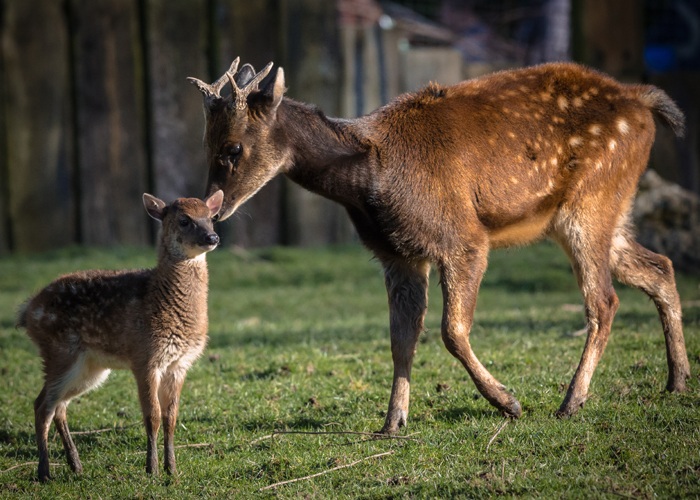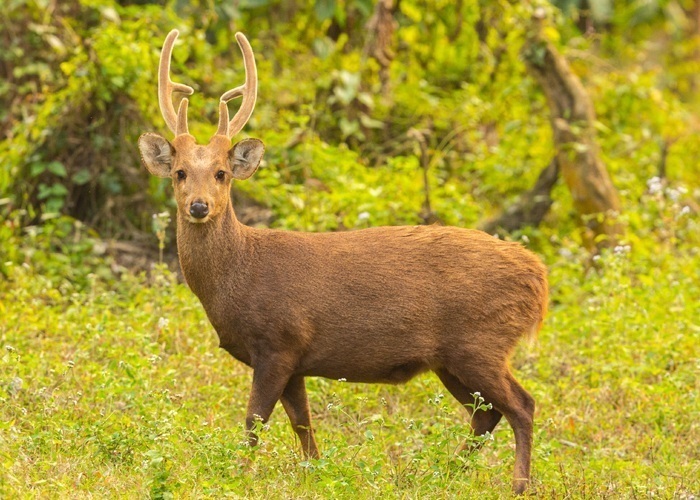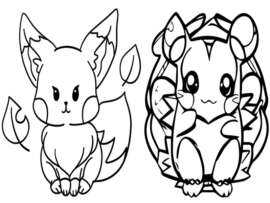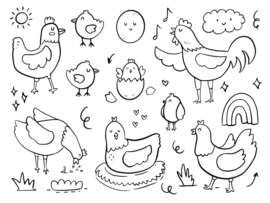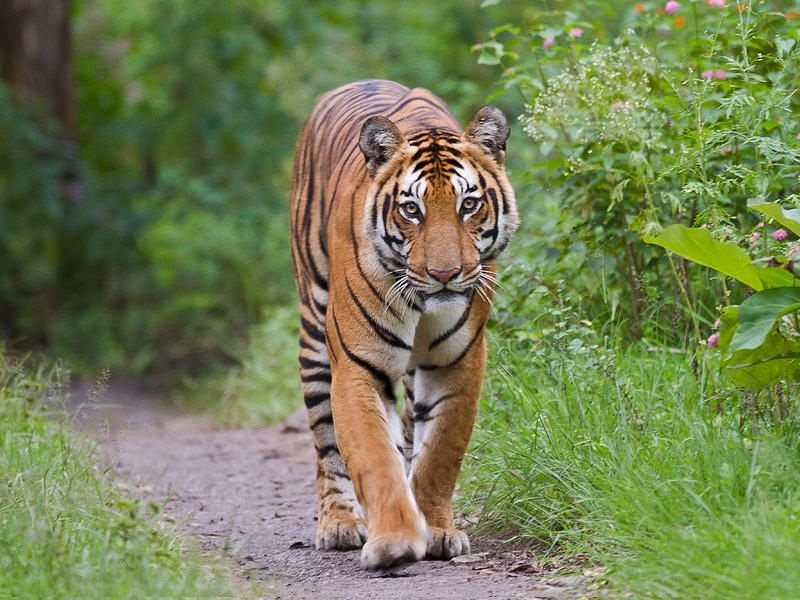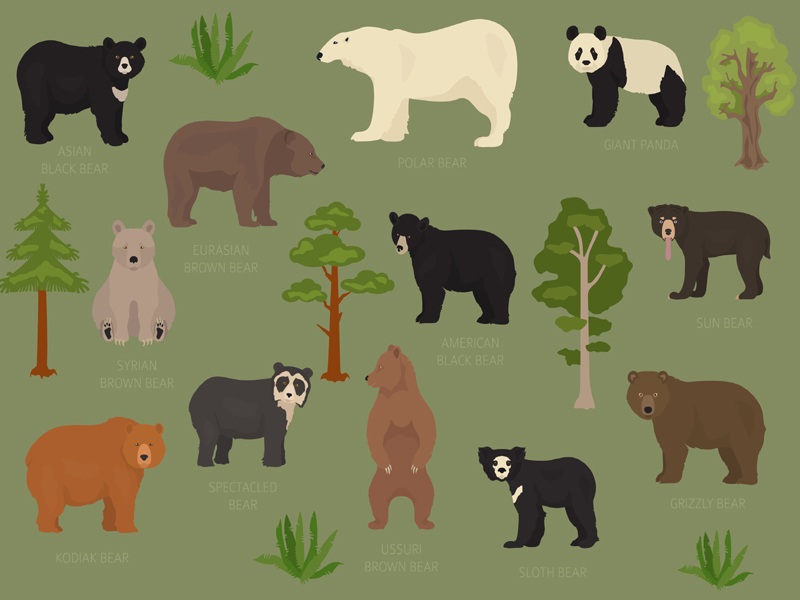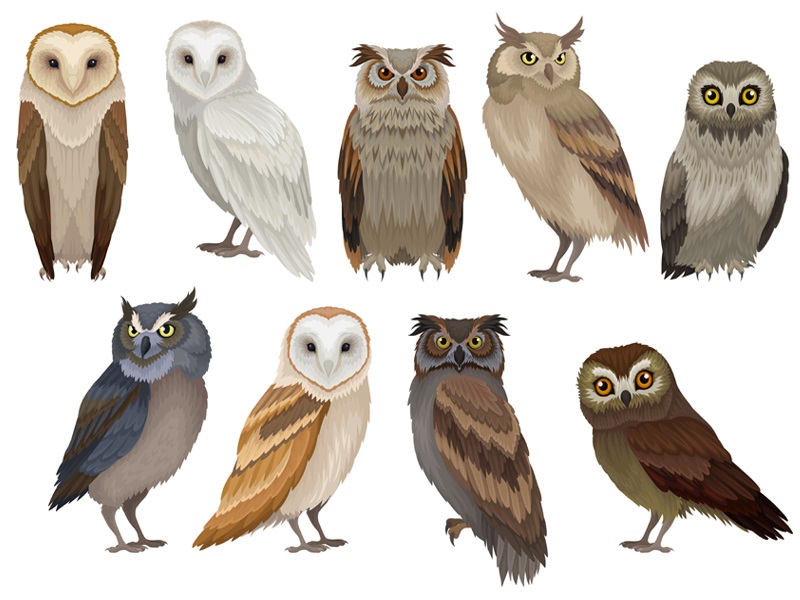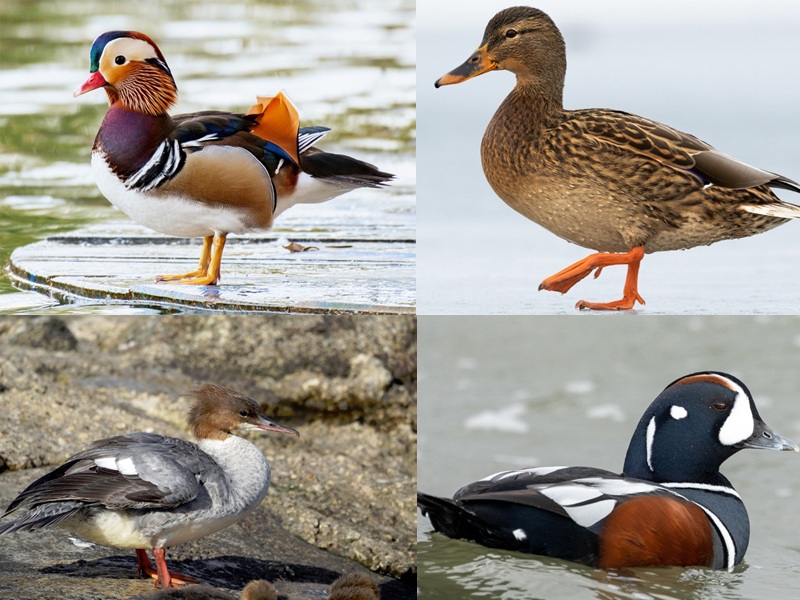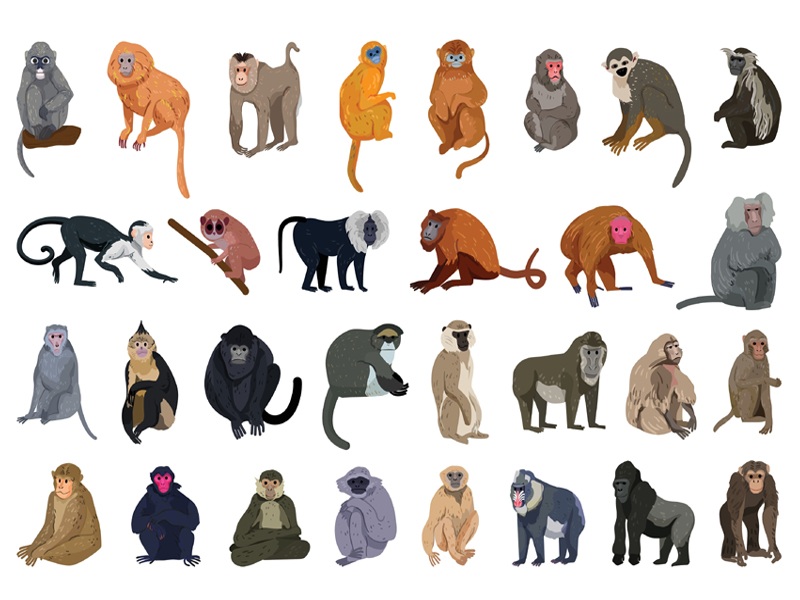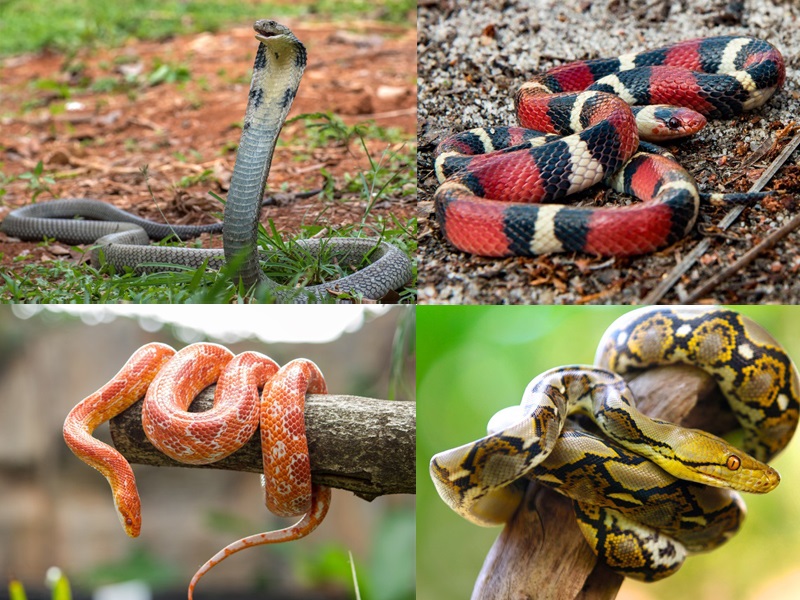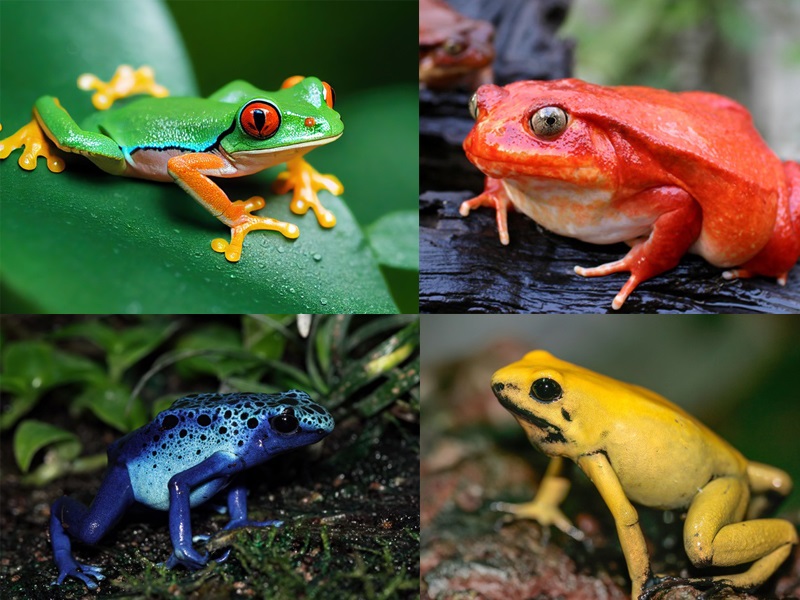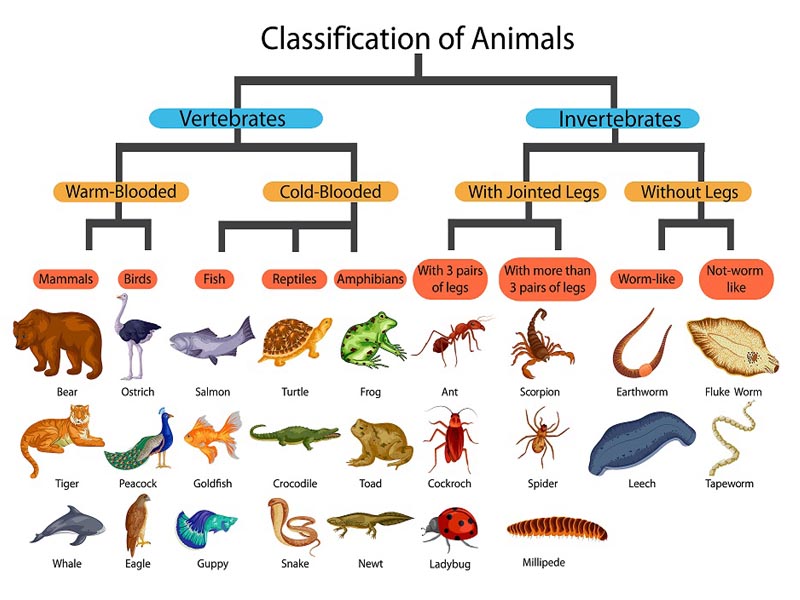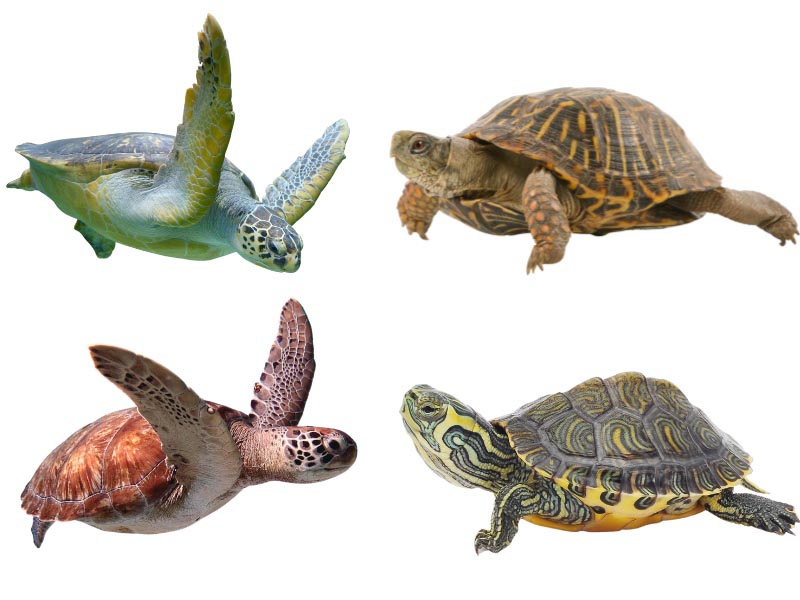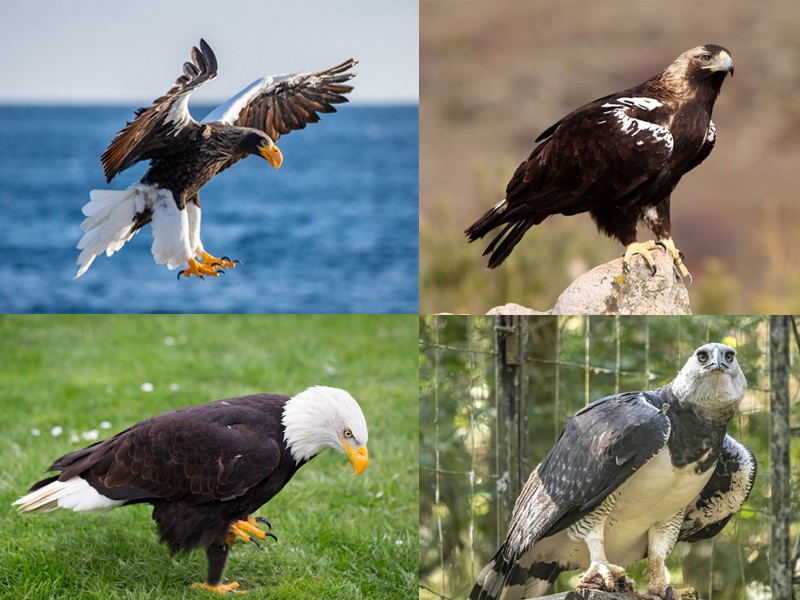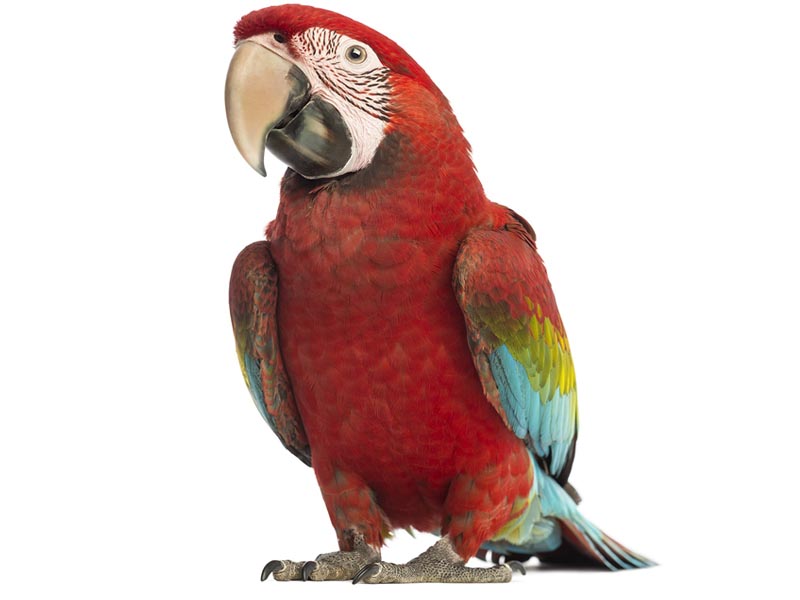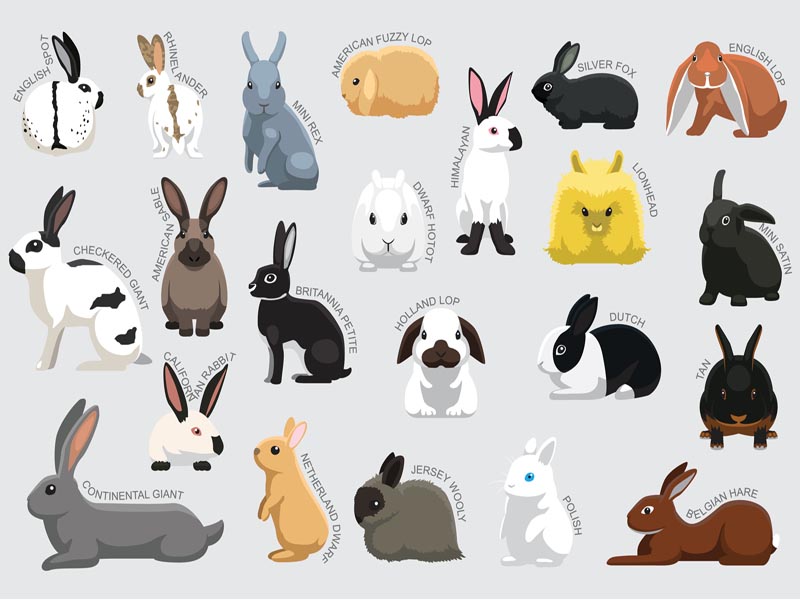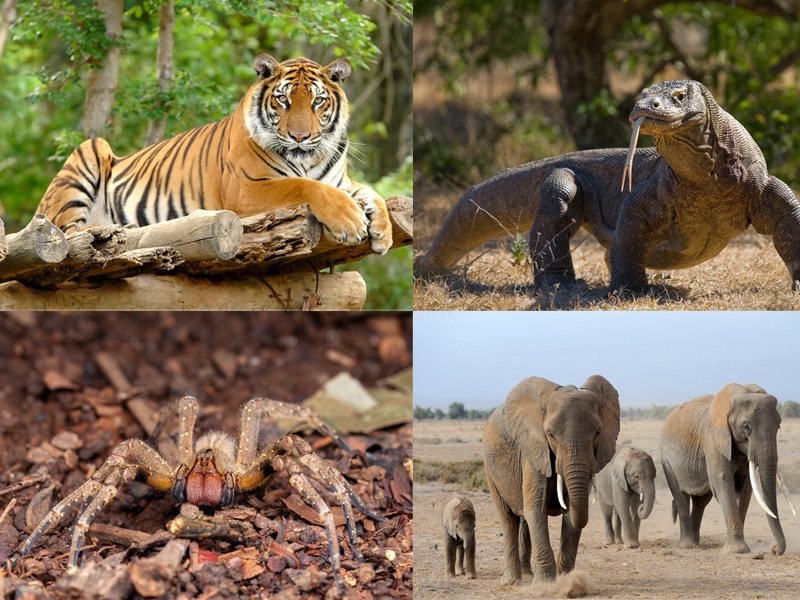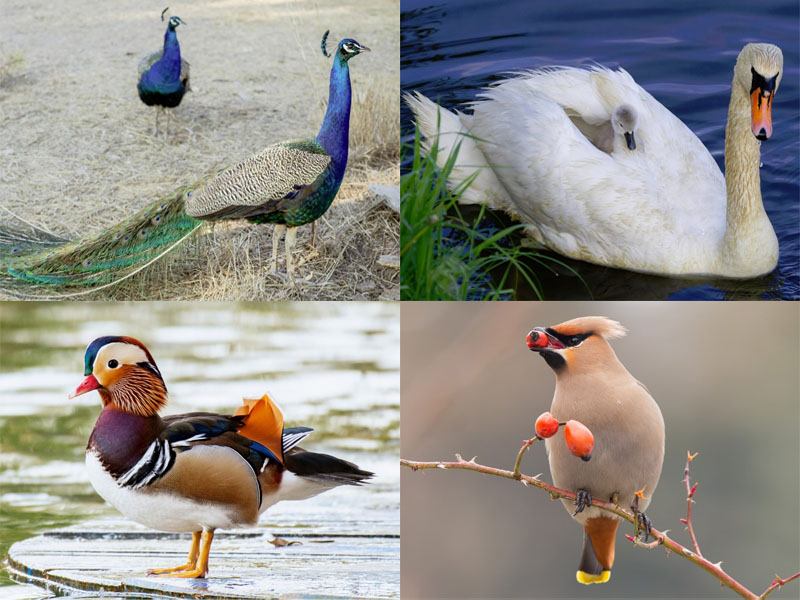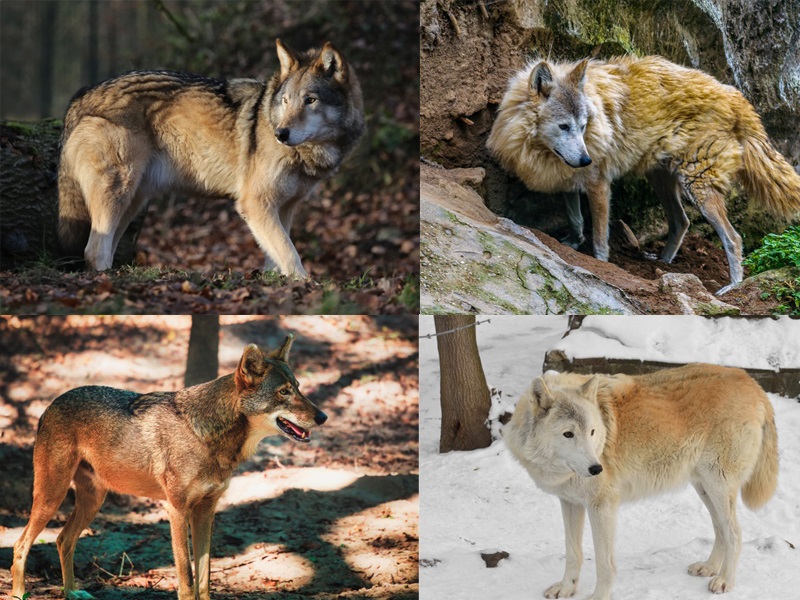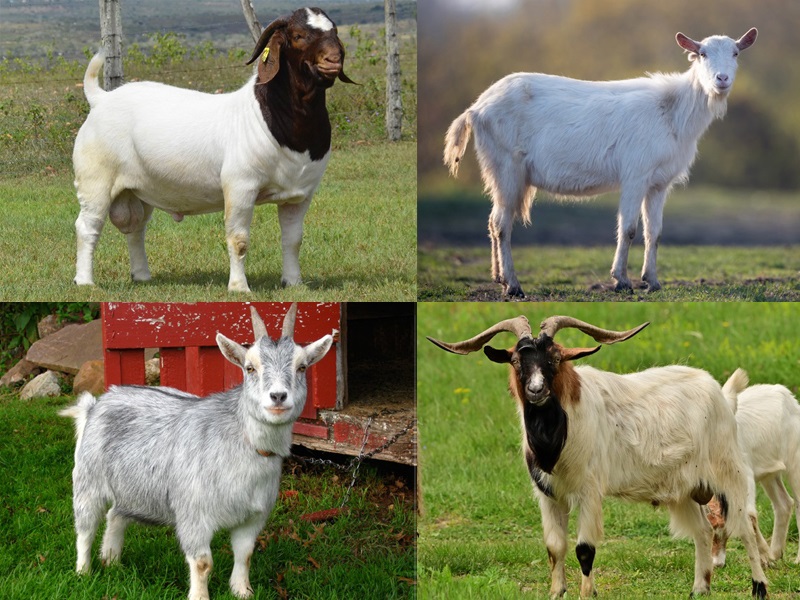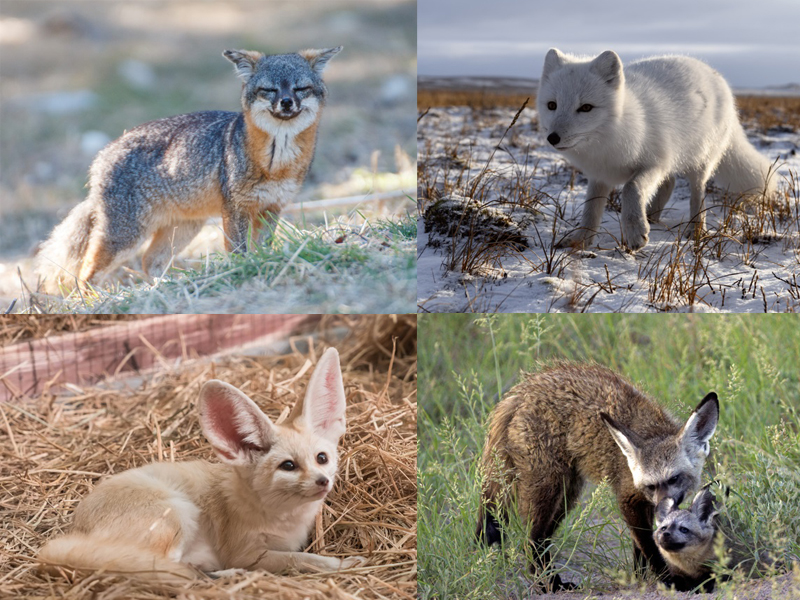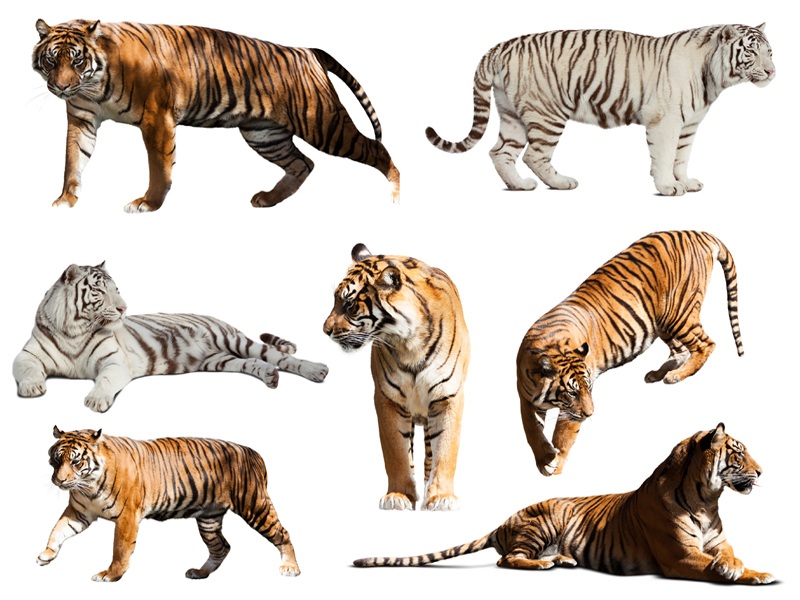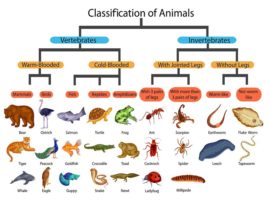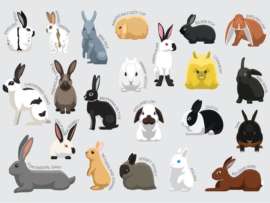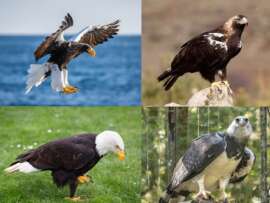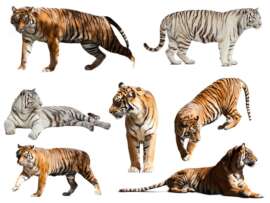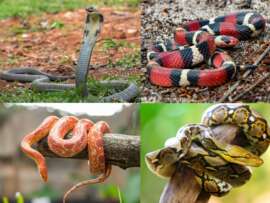We must have heard the phrase “deer in headlights,” right? But did you know there is so much more to learn about different types of Deer than their antlers? Yes! Explore the captivating world of deer species through this comprehensive guide. From the iconic white-tailed Deer to the majestic red Deer, you can discover the unique characteristics and behaviors of various types of deer in detail.
Our exploration delves into the diverse ecosystems the deers inhabit and their cultural significance, whether you are a wildlife enthusiast or simply curious about these graceful creatures. Join us on this informative journey to appreciate and understand the beauty of several types of Deer. Read on!
What is a Deer?
Deer is scientifically known as Cervidae. It comprises a diverse family of mammals known for their distinctive branched antlers. However, the females of some species don’t have them. Compact, agile build, hooves adapted for swift movement, and herbivorous diet are the characteristics of Deer. Including iconic members like the white-tailed Deer, Red Deer, and reindeer, the Cervidae family has approximately 51 recognized species.
You can find these species in various ecosystems globally, from forests to grasslands. Deer play a vital ecological role in seed dispersal and maintaining ecosystem balance while being renowned for their grace and adaptability. The antlers of these animals are shed and regrown annually, considered an emblem of their majesty. The growth and regrowth of these antlers are influenced by factors such as environmental conditions and age.
Different Types of Deer Breeds In The World:
Here is a list of some of the unique Deer breeds available worldwide. Go through the article to increase your knowledge about different types of Deer.
1. White-Tailed Deer:
The White-tailed Deer is an iconic and abundant species native to North America recognized for its distinctive, bushy tail that flashes white when alarmed. These medium-sized herbivores are known for their adaptability and widespread habitat range, spanning forests, grasslands, and urban areas. The reddish-brown summer coat of these herbivores transition to a grayish-brown winter fur, aiding in camouflage. White-tailed Deer have a keen sense of smell and large expressive ears, making them vigilant grazers. They consume a variety of vegetation and play a crucial role in ecosystems.
- Scientific Name: Odocoileus virginianus
- Other Name: Bambi
- Height: 3 to 3.5 feet at the shoulder
- Weight: 100 to 300 pounds
- Diet: Herbivorous, primarily feeding on leaves, twigs, fruits, and grasses.
- Average Lifespan: 4.5 to 6.5 years in the wild (can live up to 14 years in captivity)
- Habitat: Forests, fields, and suburban areas across North America.
2. Reindeer:
Reindeers are captivating herbivores with distinctive antlers inhabiting the Arctic and subarctic regions. Both male and female reindeer exhibit this unique feature. The fur of these animals is adapted for cold climates, shifting from dark in summer to lighter shades in winter, aiding camouflage. Reindeers are renowned for their role in festive folklore, especially with Santa’s sleigh. They are robust and sure-footed animals that can navigate harsh terrains with ease. Reindeer are social animals that often travel in herds, displaying a remarkable resilience to frigid environments.
- Scientific Name: Rangifer tarandus
- Other Name: Caribou (North American subspecies)
- Height: 3.5 to 7 feet at the shoulder
- Weight: 240 to 700 pounds
- Diet: Primarily on lichens, mosses, grasses, and shrubs. During winter, they use their hooves to dig through snow to find vegetationwhen food is scarce.
- Average Lifespan: 15 to 20 years in the wild
- Habitat: Reindeer inhabit Arctic and Subarctic regions, including tundra, boreal forests, and mountainous areas.
3. Roe Deer:
The roe deer is a graceful and relatively small species found in Europe, Asia, and parts of the Middle East. It is characterized by a reddish-brown summer coat that turns grayish in winter. Furthermore, the Roe deer exhibit distinctive white rump patches and short, black-bordered tails. Bucks typically grow small antlers with three points on each side. They are highly adaptable and are known for their agility and cautious behavior. The roe deer are predominantly crepuscular, active during dawn and dusk, and navigate through speed and stealth.
- Scientific name: Capreolus capreolus
- Other name: Western Roe Deer
- Height: 2.3 feet at the shoulder
- Weight: 55 to 120 pounds
- Diet: Herbivorous, primarily feeding on vegetation like grass, shoots, and berries
- Average lifespan: 6 to 10 years
- Habitat: Forests, woodlands, and open fields, spanning across Europe and parts of Asia.
4. Red Deer:
The red Deer is an iconic and majestic herbivorewidely distributed across Europe, Asia, and North Africa. The herbivore is recognized for its imposing stature; adult males, or stags, boast impressive antlers that can span several feet, symbolizing strength and dominance during the rutting season. These social creatures exhibit complex behaviours, forming herds and engaging in vocalizations. The red Deersymbolizes the wild, exemplifying grace and adaptability in its natural habitats.
- Scientific name: Cervus elaphus
- Other name: Elk (in North America)
- Height: Shoulder height ranges from 3.3 to 4.5 feet (1 to 1.4 meters)
- Weight: Adult males -160 to 240 kilograms, females (hinds) – 100 to 150 kilograms.
- Diet: Herbivorous, primarily feeding on grasses, shoots, leaves, and woody plants
- Average lifespan: Around 10 to 15 years in the wild
- Habitat: Forests, grasslands, and mountainsdistributed across Europe, Asia, and parts of North Africa.
5. Muntjac Deer:
The Muntjac deer is a small and elusive species found in various parts of Asia characterized by its diminutive size and distinctive appearance. These Deer possess short antlers and prominent canine teeth. Muntjacs often inhabit dense forests and shrublands and are renowned for their agile and secretive nature. Due to their reddish-brown fur, these herbivores can camouflage effectively in their natural habitat. Muntjac deer are known for their territorial behavior and emit a distinctive bark-like vocalization despite their small stature, contributing to their colloquial name, “barking deer.”
- Scientific Name:Muntiacus
- Other Name: Barking Deer or Mastreani Deer
- Height: Typically 1.5 to 2 feet at the shoulder
- Weight: Ranges from 15 to 50 pounds, depending on the species
- Diet: Primarily herbivorous, feeding on leaves, shoots, fruits, and occasionally small animals
- Average Lifespan: 12 to 16 years
- Habitat: From dense forests to grasslands, often adapting to human-altered landscapes.
6. Barasingha Deer:
The Barasingha Deer is a captivating herbivore native to the Indian subcontinent.”Barasingha,” which means “twelve-tined,” refers to the impressive antlers of this animal that can sprout up to a dozen points. These Deer are adept swimmers with distinctive light brown coats and white spots thriving in marshy grasslands and floodplains. Barasinghas are social animals that form herds and display intricate courtship rituals.
- Scientific name: RucervusDuvaucelii.
- Other name: Swamp deer.
- Height: 115 cm at the shoulder
- Weight: up to 280 kg.
- Diet: Wetland plants, Herbaceous plants, and various types of grasses.
- Average lifespan: up to 20 years.
- Habitat: Marshy damp areas.
7. Coues Deer:
The Coues deer is a miniature marvel of the southwestern United States and northern Mexico that captivates with its petite stature and remarkable adaptability. The elusive nature of this subspecies of white-tailed Deer thrives in the challenging terrain of mountainous landscapes and is hence nicknamed the “gray ghost.” The Coues deer navigates dense forests and arid deserts with equal grace, distinguished by their compact size, large ears, and strikingly marked coat.
- Scientific Name: Odocoileus virginianus couesi
- Other Name: Whitetail Deer (Subspecies)
- Height: Approximately 32 inches at the shoulder.
- Weight: 31 to 58kg.
- Diet: Grass, Shrubs, and Leaves.
- Average Lifespan: 6 to 14 years.
- Habitat: Varied, from mountainous regions to deserts.
8. Axis Deer:
The Axis Deer is a striking ungulate native to the Indian subcontinent but has been introduced to various regions worldwide. The Axis Deer is renowned for its distinctive reddish-brown coat adorned with white spots exhibiting elegant, lyre-shaped antlers in males. They form mixed-sex herds, thrive in diverse ecosystems, and are known for their agility and swift movements. Though the Axis deer are appreciated for their beauty, they can pose challenges as invasive species in some regions, impacting local ecosystems and vegetation.
- Scientific name: AxisAxis.
- Other name: Chittal or Spotted Deer.
- Height: 95 cm at the shoulder
- Weight:75 to 100 kg.
- Diet: Grasses, forbs, shrubs, and foliage, fruits.
- Average lifespan:9 to 13 years.
- Habitat: Tropical and subtropical forests, grasslands, mixed woodlands, open and scrub habitats, and edges of water sources.
9. Chinese Water Deer:
The Chinese Water Deer boasts distinct features, notably elongated tusks resembling fangs. As the name suggests, the Deer is native to China, thriving in marshy landscapes and showcasing impressive swimming abilities. Unlike traditional antlers, the males sport canine-like tusks, contributing to their intriguing nickname. These Deer navigate reed-filled waters with agility and are renowned for their secretive nature.
- Scientific name:Hydropotesinermis
- Other name: Vampire deer.
- Height – 45 to 55 cm at the shoulder
- Weight to 14 kg.
- Diet: Weeds, Grasses, Herbs, and some browse
- Average lifespan: Up to 10 years.
- Habitat: Swampy grasslands.
10. Indian Sambar Deer:
The Indian Sambar Deer is a majestic herbivore found across the Indian subcontinent renowned for its robust build and is the largest types of deer species in South Asia. This species is characterized by a dark brown coat often exhibiting spots on its back and possesses a distinctive, concave-shaped antler structure. These antlers adorned with tines are a prominent feature of these herbivores, utilized for territorial disputes and mating rituals. Sambar deer are essential to their ecosystem as grazers and seed dispersers contribute to forest biodiversity.
- Scientific name:Rusa unicolor
- Other name: Sambar, Sambhar
- Height: 3.3 to 5.6 feet (1 to 1.7 meters) at the shoulder
- Weight: Adult males – 250 to 500 kg, Females – 150 to 300 kg
- Diet: Herbivorous, grasses, fruits, and foliage
- Average lifespan: Around 16 years in the wild
- Habitat: Tropical dry forests, grasslands, and sometimes near water sources.
11. Mule Deer:
The Mule Deeris is a large and iconic type of deer native to North America, ranging from the western regions of the United States to parts of Mexico and Canada. This Deer is known for its distinctive large ears, which exhibit a grayish-brown coat with a white rump patch and a black-tipped tail. These highly adaptable animal species, Bucks or males, grow branched antlers that can reach impressive sizes. Mule deers are browsers playing a significant role in the ecosystem and are popular among wildlife enthusiasts.
- Scientific name: Odocoileus hemionus
- Other name: Black-tailed Deer
- Height: 3 to 3.5 feet at the shoulder
- Weight: 100 to 300 pounds
- Diet: Herbivorous, feeding on plants, shrubs, and grasses
- Average lifespan: 9 to 11 years
- Habitat: Forests, deserts, and grasslands. However, they adapt well to various environments.
12. Fallow Deer:
The Fallow Deer is an elegant and medium-sized deer species native to Eurasia but introduced to various parts of the world. This Deer is known for its striking appearance and exhibits a range of coat colors, including brown, white, and black variations. The most distinctive feature of a fallow deer is their palmate antlers, which expand horizontally. Fallow Deer thrive in diverse habitats, from woodlands to open grasslands, and are known for their high adaptability. Social animals often form herds with a dominant male leading during the mating season.
- Scientific name: Dama dama
- Other name: None commonly used
- Height: 2.6 to 3.3 feet at the shoulder
- Weight: 130 to 220 pounds
- Diet: Grasses, herbs, and shrubs
- Average lifespan: 12 to 16 years
- Habitat: Woodlands, grasslands, and open areas.
13. Tufted Deer:
The Tufted Deer is a small, enigmatic types of deer native to the mountainous regions of China and Myanmar, known for its distinctive appearance. The tufted Deer is characterized by small antlers and prominent tufts of black hair on its forehead, resembling fangs, hence the name. It adapts well to its forested habitat owing to its reddish-brown coat and white underparts. These types of Deer species are solitary, primarily nocturnal, with unique and elusive features, making them a subject of fascination for wildlife enthusiasts.
- Scientific name: Elaphoduscephalophus
- Other name: None commonly used
- Height: Approximately 20 to 28 inches at the shoulder
- Weight: 30 to 40 pounds
- Diet: Variety of plants, leaves, and grasses.
- Average lifespan: 6 to 10 years
- Habitat: Forests and dense thickets.
14. Philippine Deer:
The Philippine Deer is a deer species endemic to the Philippines, inhabiting the dense forests of various islands. It is relatively small and features a reddish-brown coat with white spots, while the males bear antlers. These Deer are known for their elusive nature and display a cautious demeanor, relying on their acute senses for survival. Due to deforestation and hunting activities, the Philippine Deer faces threats from habitat loss. However, conservation initiatives are going on to preserve their genetic diversity.
- Scientific name:Rusamarianna
- Other name: Visayan Spotted Deer
- Height: 24 to 32 inches at the shoulder
- Weight: 55 to 150 pounds
- Diet: Grasses, leaves, and various vegetation.
- Average lifespan: Around 8 to 12 years
- Habitat: Primary and secondary forests, grasslands, and savannas.
15. Indian Hog Deer:
The Indian Hog Deer is a medium-sized deer species native to the Indian subcontinent, mainly found in the grasslands and swamps of India, Nepal, and Bangladesh. This Deer has a reddish-brown coat with white spots that fade as it matures and is recognized for its distinctive appearance. The Hog Deer runs through dense vegetation in a hog-like manner, hence the name. Both genders have a keen sense of agility and hearing, which is essential for evading predators, though typically, males sport antlers.
- Scientific name: Axis porcinus
- Other name: None commonly used
- Height: 25 to 31 inches at the shoulder
- Weight: 110 to 198 pounds
- Diet: Grasses, plants, and crops.
- Average lifespan: Around 12 to 15 years
- Habitat: Grasslands, swamps, and riverine areas.
Interesting facts about Deers:
Here are some of the facts about Deer that you might find interesting:
- A unique trait of Male Deer, or bucks, in the animal kingdom, is that they shed and regrow their antlers annually.
- There are approximately 51 deer species that exist globally. Each species is adapted to diverse habitats.
- Some deer, like reindeer, cover extensive distances and undertake remarkable seasonal migrations.
- White-tailed Deer are adept swimmers and use water bodies for safety and escape routes.
- Deer have multi-chambered stomachs to digest their herbivorous diet efficiently, particularly cellulose-rich plants.
- Fawns provide effective camouflage from predators since they boast spotted coats.
- Deer’s survival instinct is attributed to their sharp hearing, acute vision, and keen sense of smell.
- Although some deer exhibit social behavior in herds, others, like mule deer, might prefer to lead more solitary lives.
- Deer symbolizes qualities such as gentleness, agility, and adaptability and is revered in various cultures.
In conclusion, the world of Deer types is as enchanting as it is diverse. Each species offers a unique story within nature’s intricate tapestry, whether from the seasonal migrations of the reindeer to the solitary grace of mule deer. Let the exploration of the deer species kindle a deeper appreciation for the wonders of the natural world as we marvel at their majesty and the significance of these majestic deep species in our world. Don’t forget to let us know if you found the article informative.
Disclaimer:
The information provided in this article is based on pure research and for educational purposes only. It doesn’t constitute professional recommendations or advice.


